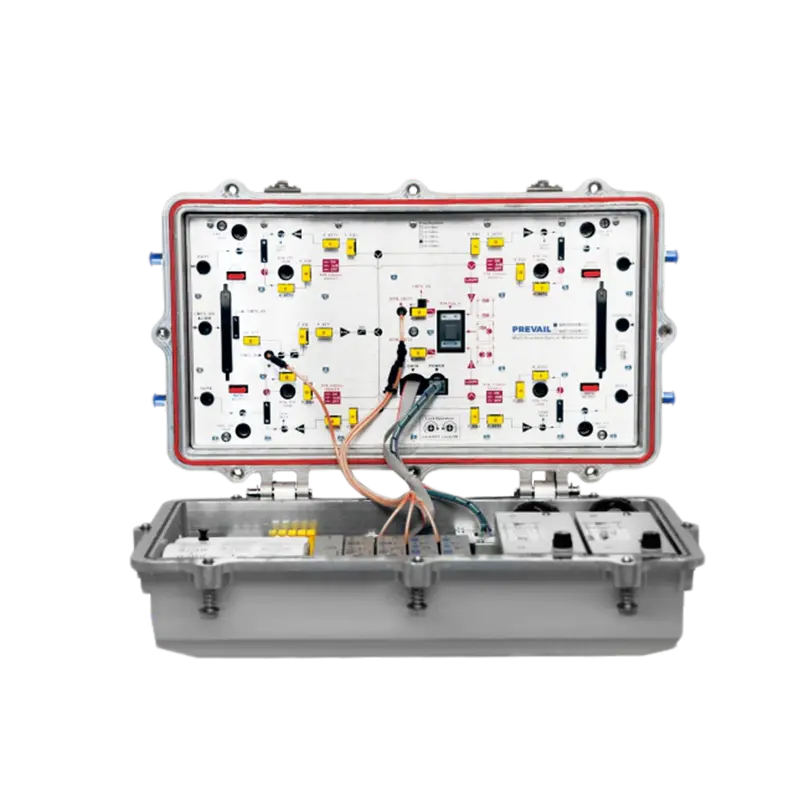Does the Optical Network Equipment support centralized management platforms or protocols for network automation and orchestration?
Modern optical network equipment often supports centralized management platforms and protocols for network automation and orchestration. These capabilities are essential for efficiently managing and provisioning optical network resources, optimizing performance, and ensuring service availability. Here are some key aspects of centralized management and automation in optical networks:
Network Management Systems (NMS):
Optical network equipment typically interfaces with network management systems (NMS) that provide centralized monitoring, configuration, and control of network elements.
NMS platforms offer graphical user interfaces (GUIs) or command-line interfaces (CLIs) for administrators to visualize network topology, monitor performance metrics, and configure devices.
Software-Defined Networking (SDN):

SDN principles are increasingly applied to optical networks to decouple the control plane from the data plane, enabling centralized control and programmability.
SDN controllers manage optical network elements through southbound interfaces, abstracting underlying hardware complexities and enabling network-wide policies and automation.
Network Configuration and Orchestration (NCO):
Network configuration and orchestration platforms automate the deployment and provisioning of optical network resources based on predefined policies and service requirements.
These platforms streamline network operations, reduce manual errors, and accelerate service delivery by automating tasks such as device provisioning, service activation, and traffic engineering.
YANG Data Models and NETCONF/YANG:
Many optical network equipment vendors support the NETCONF (Network Configuration Protocol) and YANG (Yet Another Next Generation) data modeling language for standardized configuration and management.
YANG data models provide a common framework for describing network resources, capabilities, and operations, facilitating interoperability and automation across heterogeneous environments.
Open APIs and Standards-Based Integration:
Optical network equipment vendors increasingly provide open APIs and support industry standards for integration with third-party management systems, orchestration platforms, and automation tools.
Open APIs enable programmability and customization, allowing operators to develop scripts, applications, and workflows to automate network tasks and integrate with broader IT ecosystems.
Intent-Based Networking (IBN):
IBN frameworks leverage machine learning and artificial intelligence (AI) techniques to translate high-level business objectives into network policies and configurations.
Optical network equipment can support IBN principles by dynamically adapting to changing network conditions, optimizing resource utilization, and proactively mitigating performance issues.
By leveraging centralized management platforms, automation frameworks, and open standards, optical network operators can improve agility, efficiency, and resilience while reducing operational costs and complexity. These capabilities are essential for meeting the evolving demands of modern communications networks.

















